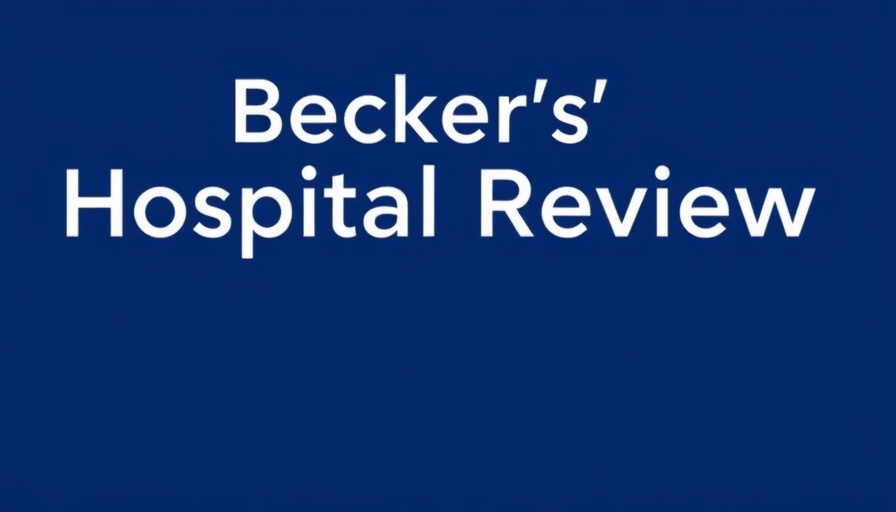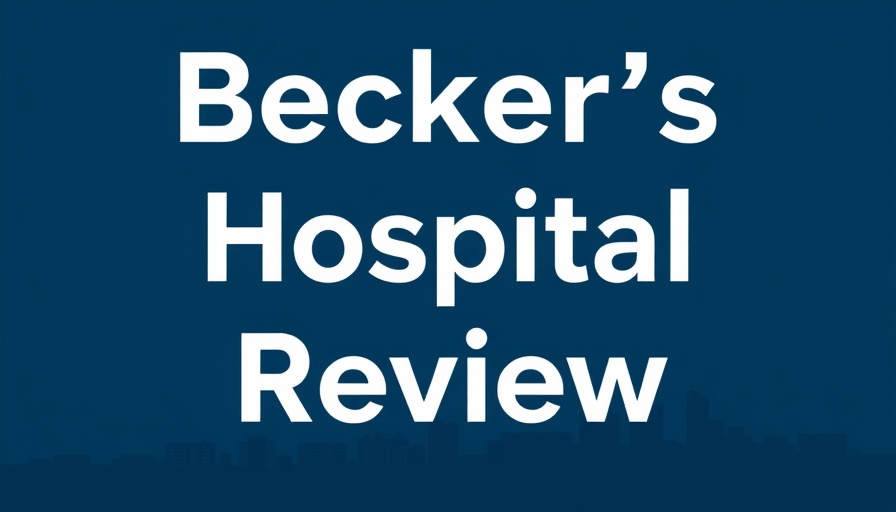
Reflecting on Retirement: A Widespread Concern
As the conversation among physicians about retirement intensifies, a sentiment echoed by many healthcare professionals is the need for thoughtful planning for the future. Bobby Mukkamala, MD, president of the American Medical Association, points out that many of his colleagues in their late 50s are contemplating retirement within the next decade. This situation raises concerns about the looming physician shortage—an issue that has significant implications for healthcare delivery in the coming years.
Political Influences on Healthcare Delivery: A Dangerous Game
Recent discussions have also revealed troubling trends regarding the politicization of healthcare. Arthur Caplan, PhD, has weighed in on the potential consequences of allowing political affiliations to influence patient care, highlighting historical precedents from authoritarian regimes. The implications of such a shift could lead to marginalized care and create a fractured healthcare environment where care is determined not by need, but by political loyalty.
Standardization vs. Innovation: The License Dilemma
In the pursuit of excellence, the bar for clinical preparedness is continually raised, as noted by Bryan Carmody, MD. He compares this trend to the societal pressures associated with owning a superior car over one’s neighbors. The 'score creep' phenomenon in the U.S. Medical Licensing Examination is creating a competition that potentially overshadows the core mission of healthcare: to provide quality patient care. Balancing the need for high standards with the pressures of competitive assessment remains a crucial challenge.
Mortality Tied to Healthcare Legislation: A Critical Insight
Adam Gaffney, MD, addressed the stark realities associated with healthcare legislation that prioritizes tax cuts for the wealthy over comprehensive care delivery. His comments about preventable deaths resulting from cuts to Medicaid underscore the vital need for a healthcare system that emphasizes equitable access and prioritizes life-saving measures, particularly in underserved communities.
Public Health Risks and Environmental Factors
Emerging studies highlighted by Anne Nigra, ScM, PhD, shed light on the significant impact of environmental conditions—specifically, prenatal exposures to arsenic. The link between water quality and adverse birth outcomes prompts a critical examination of public health policies and resource allocation aimed at safeguarding the health of future generations. This serves as a reminder that effective healthcare involves a multifaceted approach, including environmental health considerations.
Clinical Awareness in Medication Management
The evolving landscape of pharmaceuticals is further illustrated by Shoshana Marmon, MD, PhD, who raises awareness about the potential skin side effects from dupilumab (Dupixent). The need for increased clinical vigilance when prescribing treatments emphasizes the importance of holistic patient evaluations rather than a one-size-fits-all approach, broadening the conversation about patient safety and effective disease management.
Individual Assessments in Benzodiazepine Tapering
Emily Brunner, MD’s perspective on benzodiazepine tapering illustrates a compassionate approach to medication management, focusing on personalized assessments rather than strict protocols. This humanistic approach could elicit better patient outcomes and ultimately reshape treatment plans aligned with individual patient needs.
Implications for Future Healthcare Leaders
As these conversations unfold, the healthcare community must engage in reflective practices that prioritize long-term solutions. Recognizing the complexities of pharmaceutical management, patient identity in healthcare policymaking, and the underlying societal pressures driving clinical practice leads to better-informed leaders. It's time for those in healthcare to prepare for the challenges and opportunities ahead, from cultivating strong relationships with patients to adapting to legislative changes that impact practice and access.
Conclusion: Preparing for Future Challenges in Healthcare
The evolving conversations within the medical community about retirement, political influence, and patient care underscore a critical juncture in healthcare. As professionals contemplate their future roles in a changing landscape, it remains imperative that they advocate for a system that prioritizes patient health over political gain and competition. Understanding the implications of these discussions not only prepares individuals for their future challenges but fortifies the entire healthcare community for the years ahead.
 Add Row
Add Row  Add
Add 




Write A Comment